Mimosa is the most famous and widespread flower. They can be found on store shelves already in early spring. Their graceful twigs with small bright yellow balls and fluffy leaves will lure you with their very strong and easy to remember aroma. The plant was popularly considered a symbol of the women's holiday on March 8.
Plant features
Most people know very little about this flower. For example, the fact that mimosa is actually a shrub is not known to many. And it is also from the legume family, and is actually called silver acacia or from the country of origin wattle .
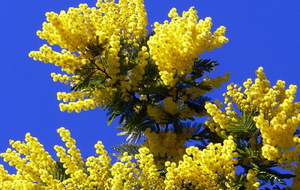 This is an unpretentious plant, seemingly modest and very delicate with a fragrant smell. Countries like France and Montenegro even have a day dedicated to it.
This is an unpretentious plant, seemingly modest and very delicate with a fragrant smell. Countries like France and Montenegro even have a day dedicated to it.
Mimosa grows very quickly in the form of a tree and reaches a height of 10-12 cm in our country, while at home it can grow up to 45 cm. The leaves are silvery-green in color, and the tree trunk itself is prickly. This color of the leaves also contributed to the name silver acacia. Their shape is similar to fern leaves. She begins to bloom in winter, and ends in early spring, this is her singularity.
Story
In Russia, the plant has taken root on the Black Sea coast, as it is hot enough for it there. Currently, this plant can be found in:
- Sochi
- Abkhazia,
- in the Caucasus.
But given that our climate is still significantly different from its homeland, then the height in our territory reaches only 12 cm.
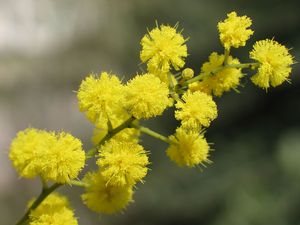 When mimosa just started growing on our territory, in the Caucasus it was grown to decorate parks and alleys. Today it is grown everywhere, you will not surprise anyone with it. In Sochi, it also grows at every turn, most of them simply do not pay any attention to it. But in the regions of the north there is no such possibility, so the counters of flower shops are replenished with them from the beginning of the March holidays.
When mimosa just started growing on our territory, in the Caucasus it was grown to decorate parks and alleys. Today it is grown everywhere, you will not surprise anyone with it. In Sochi, it also grows at every turn, most of them simply do not pay any attention to it. But in the regions of the north there is no such possibility, so the counters of flower shops are replenished with them from the beginning of the March holidays.
The real plant is tropical plantwhich grows in Brazil. It is called bashful or touchy mimosa. This is a perennial plant, but due to the fact that every year it loses its decorative effect, they began to grow it as an annual. The leaves of this touch-me-not at the slightest touch immediately fold, creating the appearance that they have wilted. But after half an hour or an hour, the leaves bloom again, if they are not disturbed. Scientists explain this phenomenon by the fact that the plant is so protected from tropical showers, twisting its fluffy leaves.
The same reaction occurs in him to shaking, to changes in temperature and before nightfall, when he is prone to sleep. And it doesn't matter if you shake the whole bush or just a part, the reaction will go from the touched leaves to the untouched ones. By this feature, mimosa is prone to sour. However, for this action, acid takes several minutes, whereas mimosa folds leaves instantly.
In total, there are about 500 species in the world. Most of them grow in tropical America. Among the representatives there are:
- Trees
- Herbs
- Shrubs.
Of all types, not all have a reaction to touch. And, for example, in species such as mimosa, bashful. Its flowers are pinkish-purple in color and collected in capitate inflorescences... At home, in one period, they can grow up to 1 m in height, but in indoor conditions it is half as much.
Mimosa care
The plant is extremely fond of bright light and grows remarkably in direct sunlight. It is better to keep the pot on the southern windows, it will only be necessary to make a small shade at noon. It also blooms well on western and eastern windows. After cloudy weather, it is better to gradually accustom the mimosa to the sun, since sunburn can not be avoided.
After the first flowering, it is better to replace mimosa with a new one, as it loses its beauty with age.
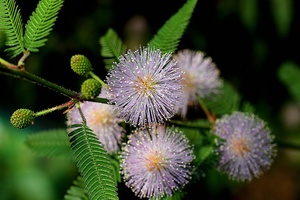 The plant does not like polluted air, so if you smoke in the room, it is better to remove it from there. The optimum air temperature for him is 23-25 degrees Celsius... At temperatures below 18 degrees, the leaves lose their ability to respond to touch. In winter, it is worthwhile to ventilate the room with care.
The plant does not like polluted air, so if you smoke in the room, it is better to remove it from there. The optimum air temperature for him is 23-25 degrees Celsius... At temperatures below 18 degrees, the leaves lose their ability to respond to touch. In winter, it is worthwhile to ventilate the room with care.
The soil should be loose and humidified, and a good drainage layer is needed at the bottom of the pot. In spring and summer, it is better to water the plant abundantly as the top layer dries out, and closer to the arrival of cold weather it is already better to reduce watering. At the same time, you need to monitor and prevent overdrying or excess moisture in the soil. In summer, the soil can be fertilized with a solution of mineral fertilizers every two weeks.
Allergy sufferers should know that the plant produces pollen at the time of its flowering. Flowers fall off during this period. Mimosa can be damaged by spider mites or aphids.
Also, owners of silver acacia may be faced with the fact that leaves may turn yellow, if there is abundant watering, and will be closed even during the day. But if there is a drought for the plant, then all the leaves will fall off. The stems of the plant lose strength and stretch out if there is little light for it. And as a result of the low temperature, it will not bloom.
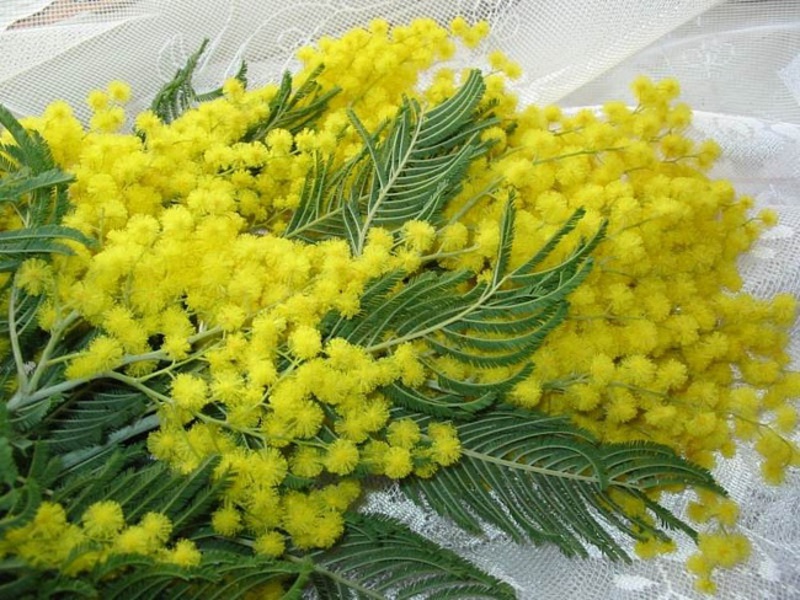

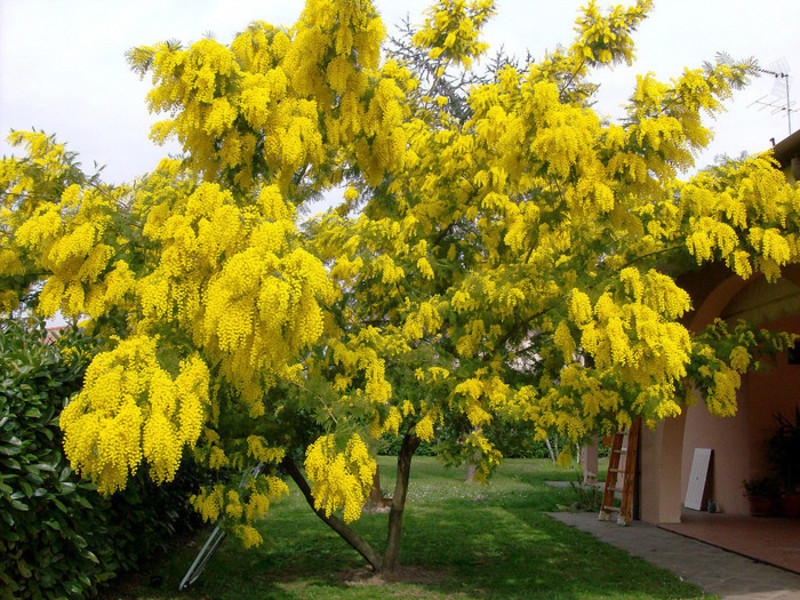
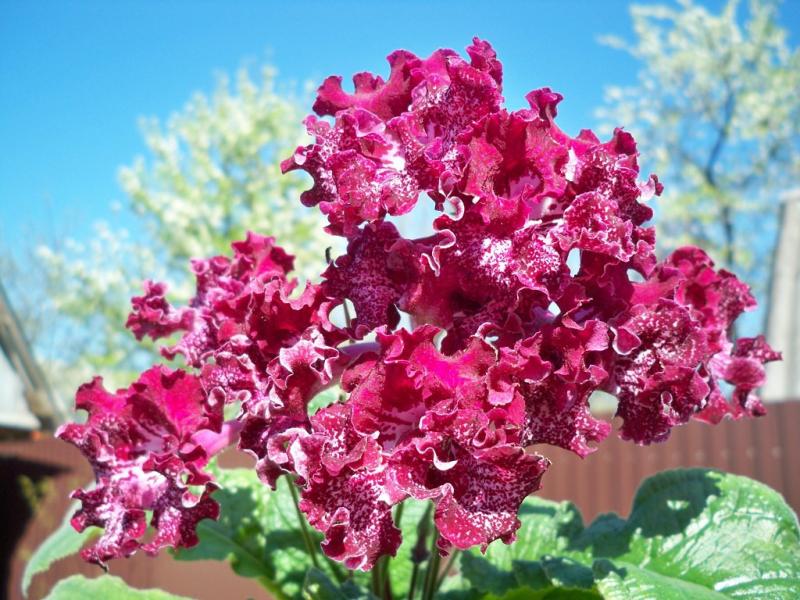
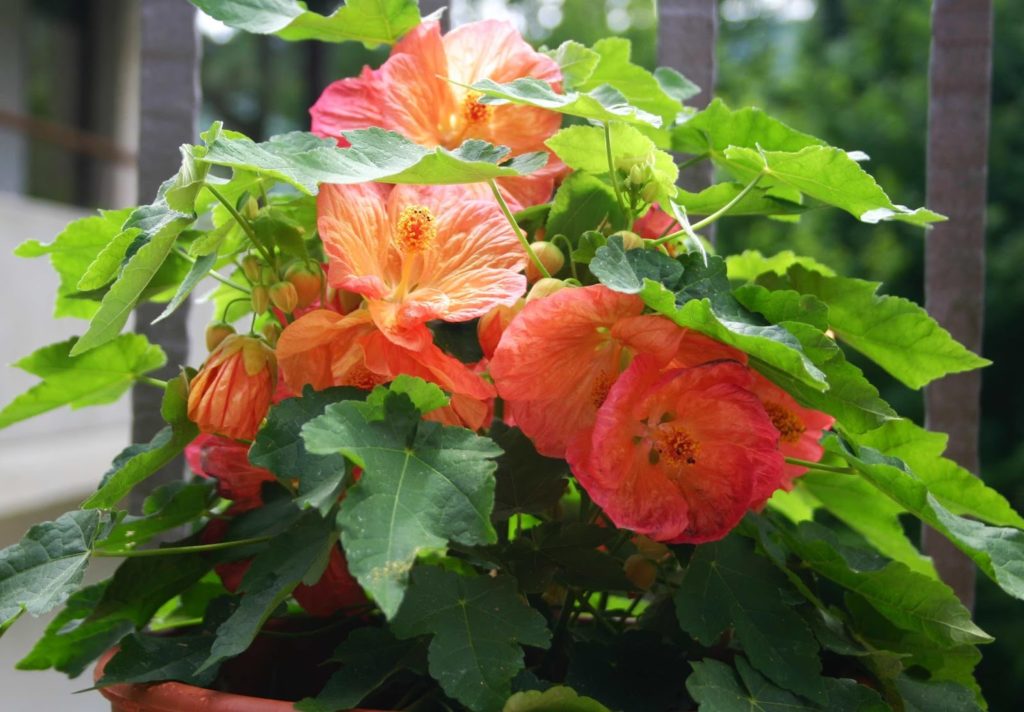

1 comment